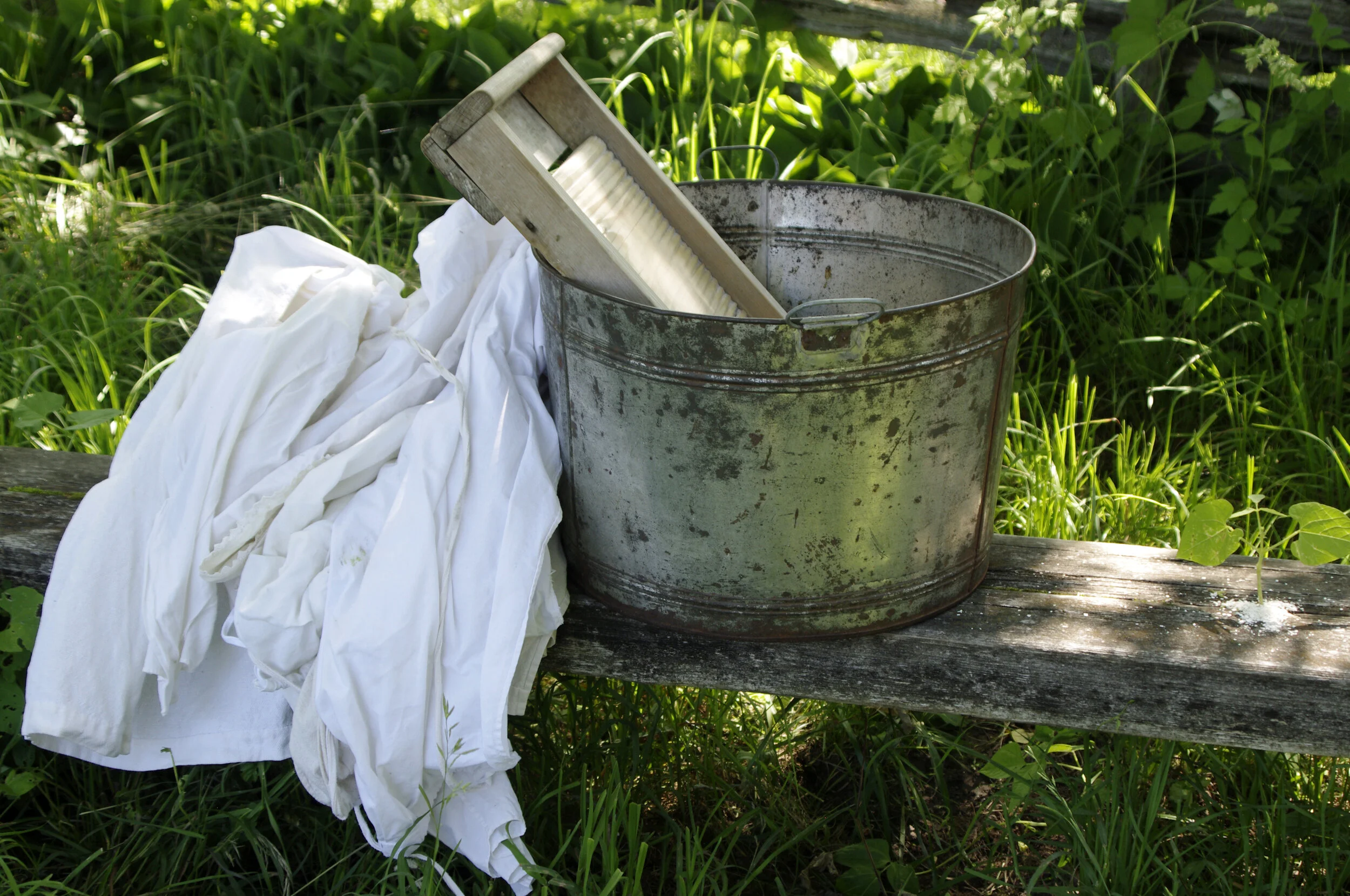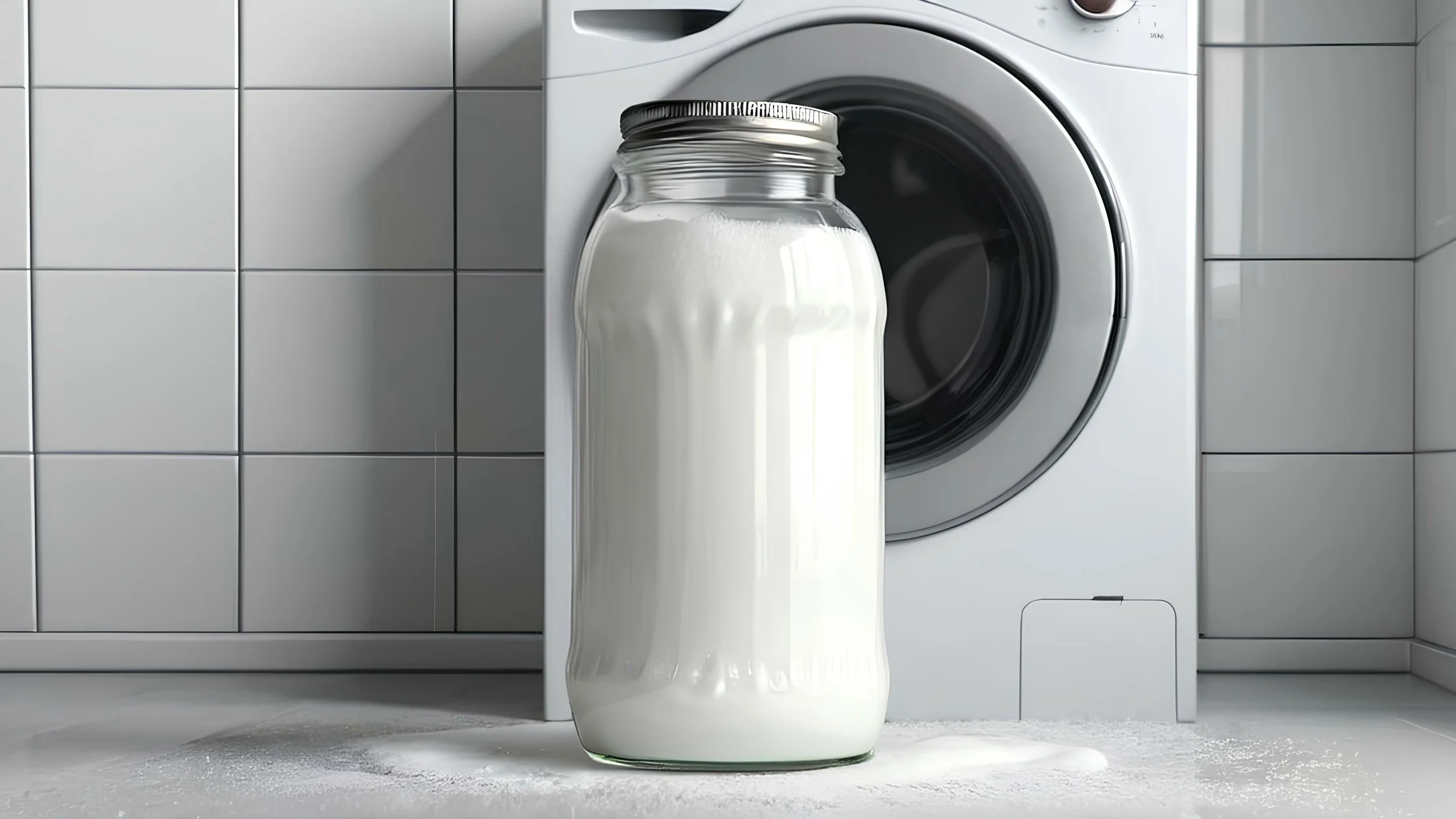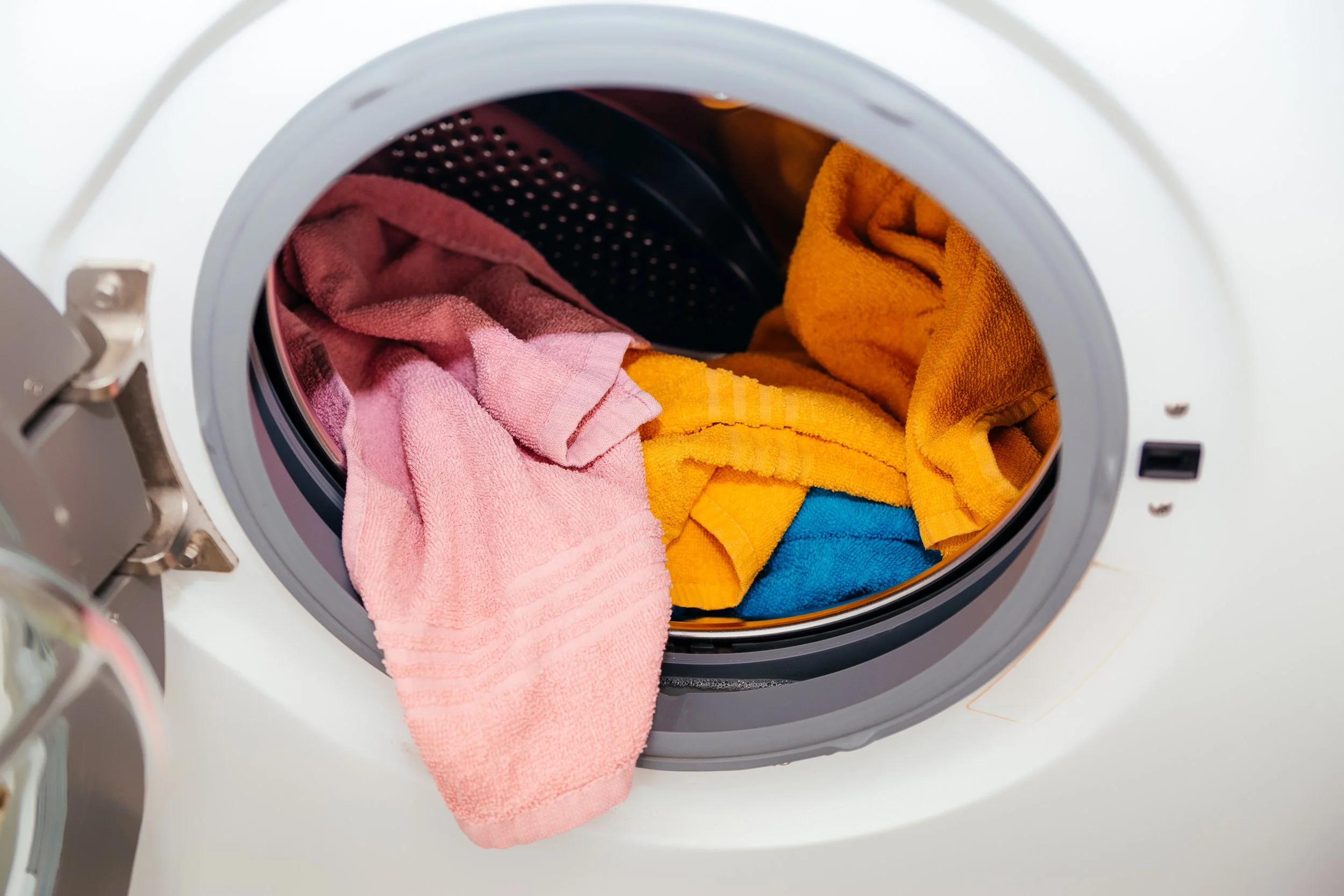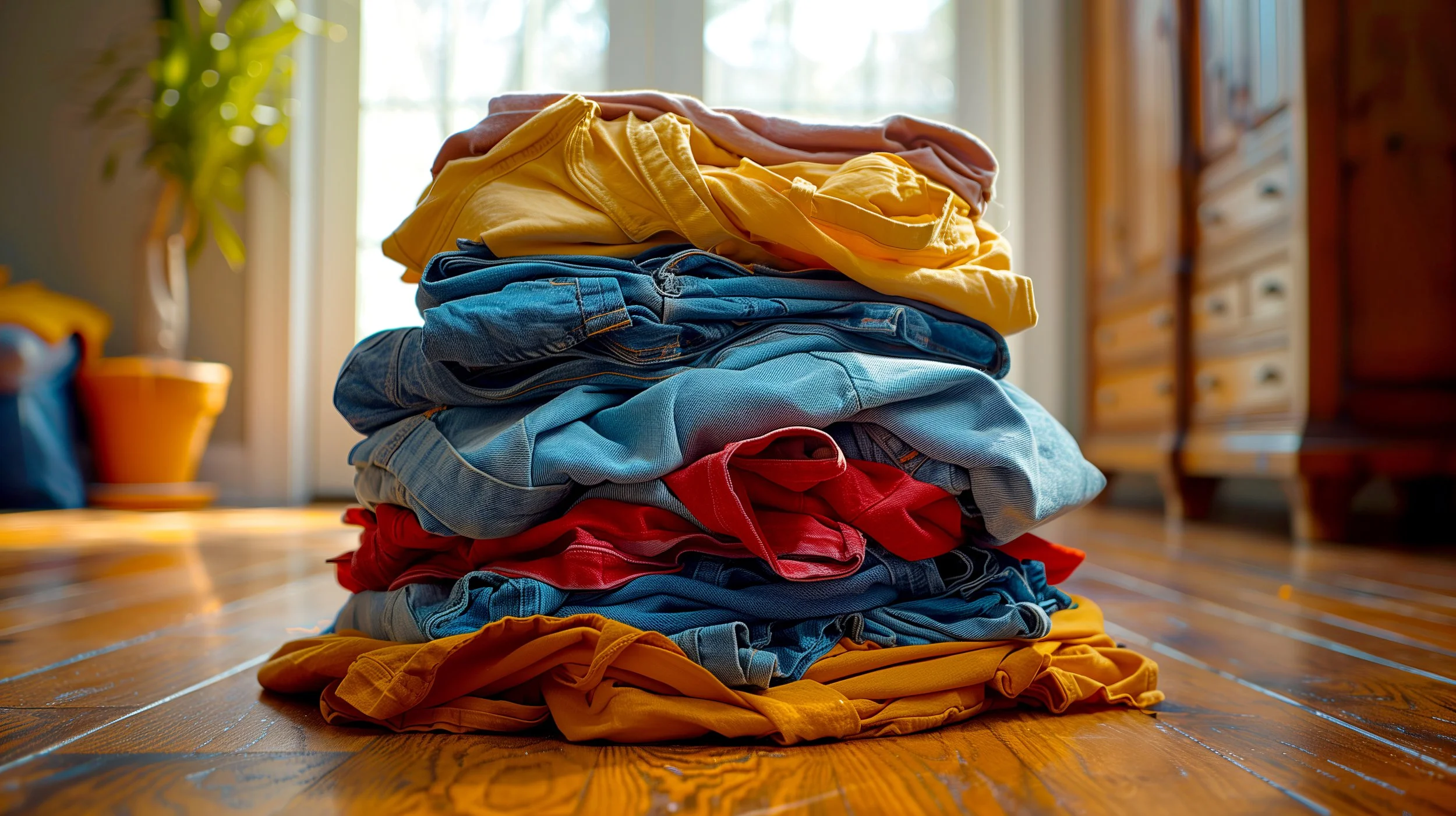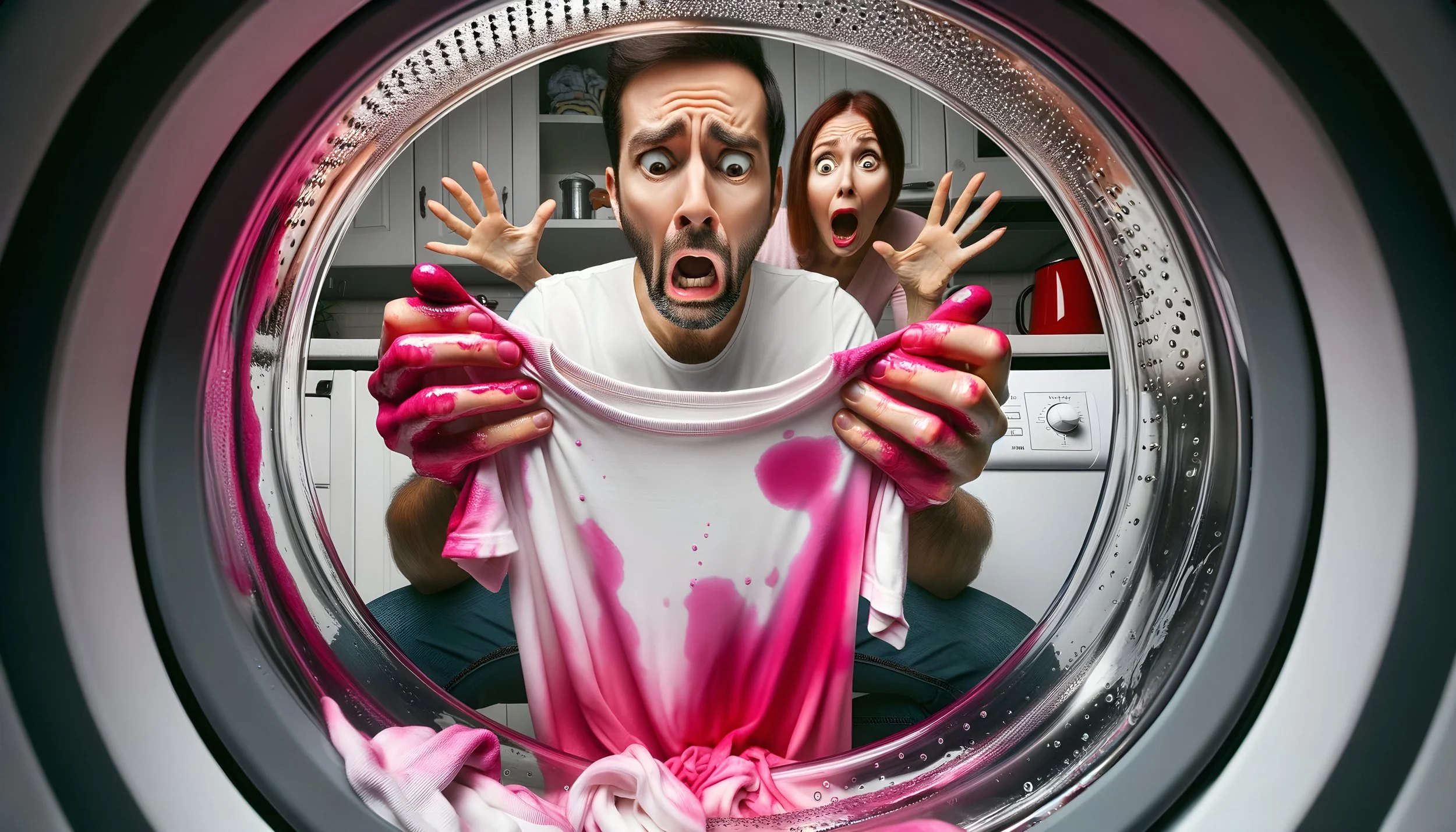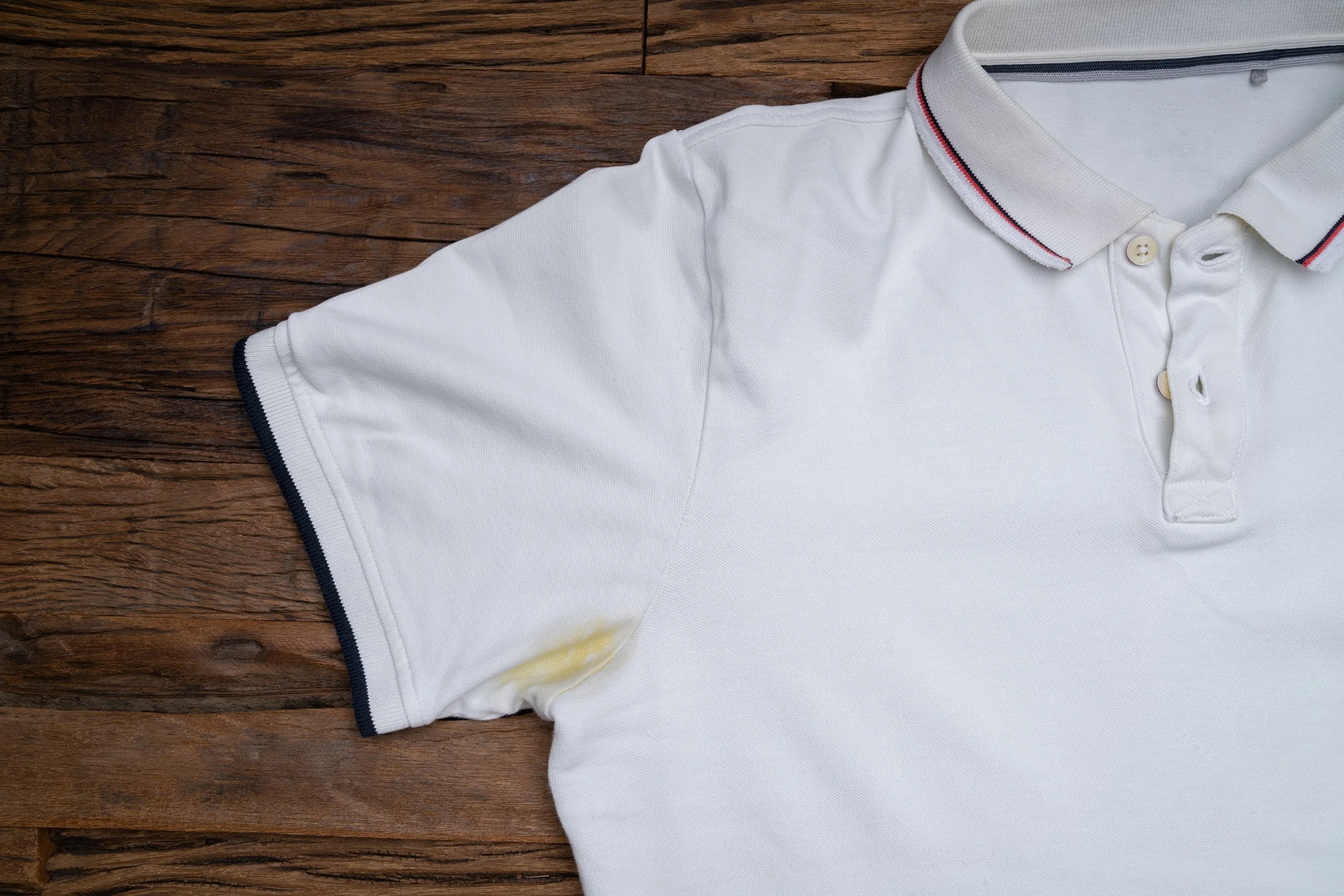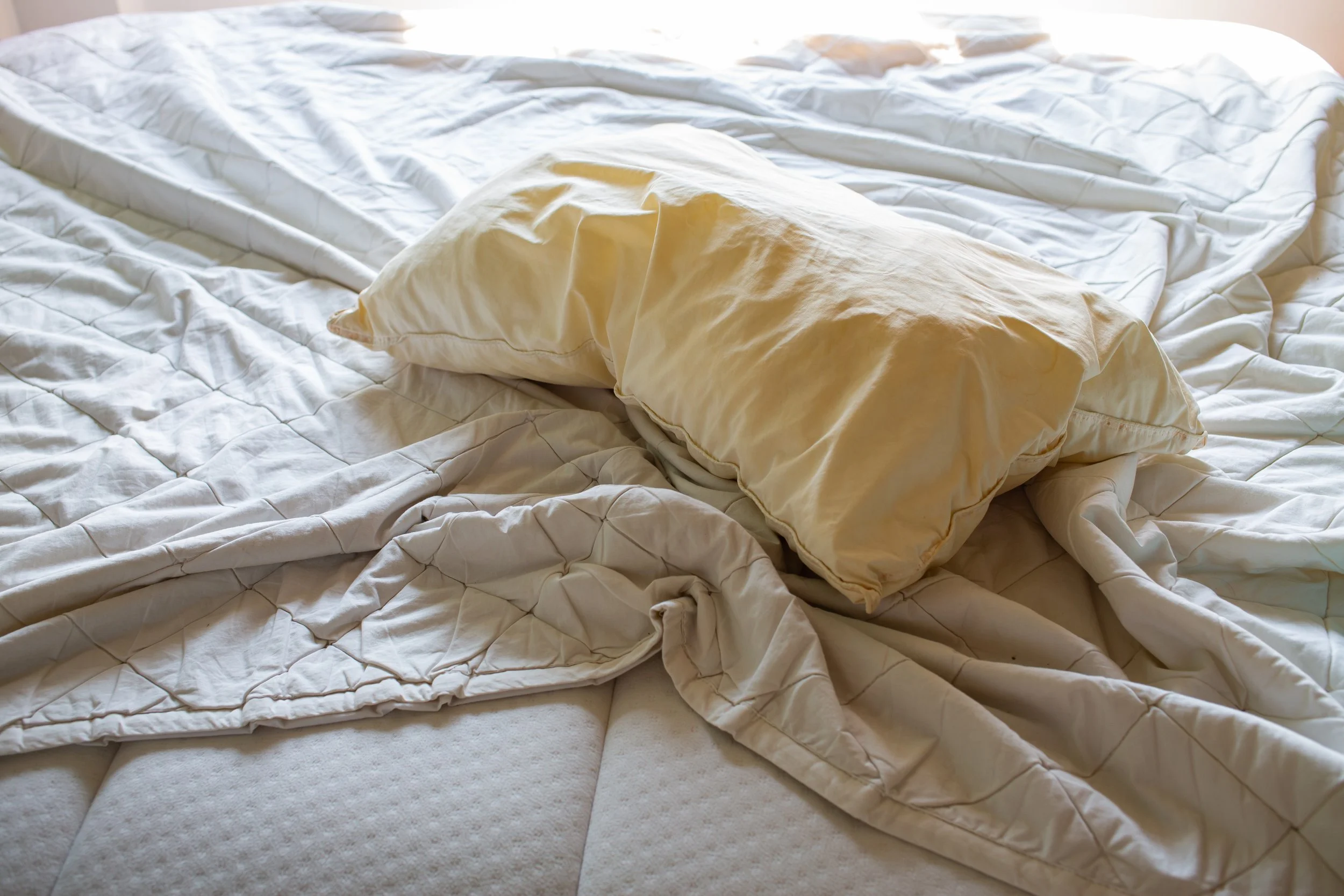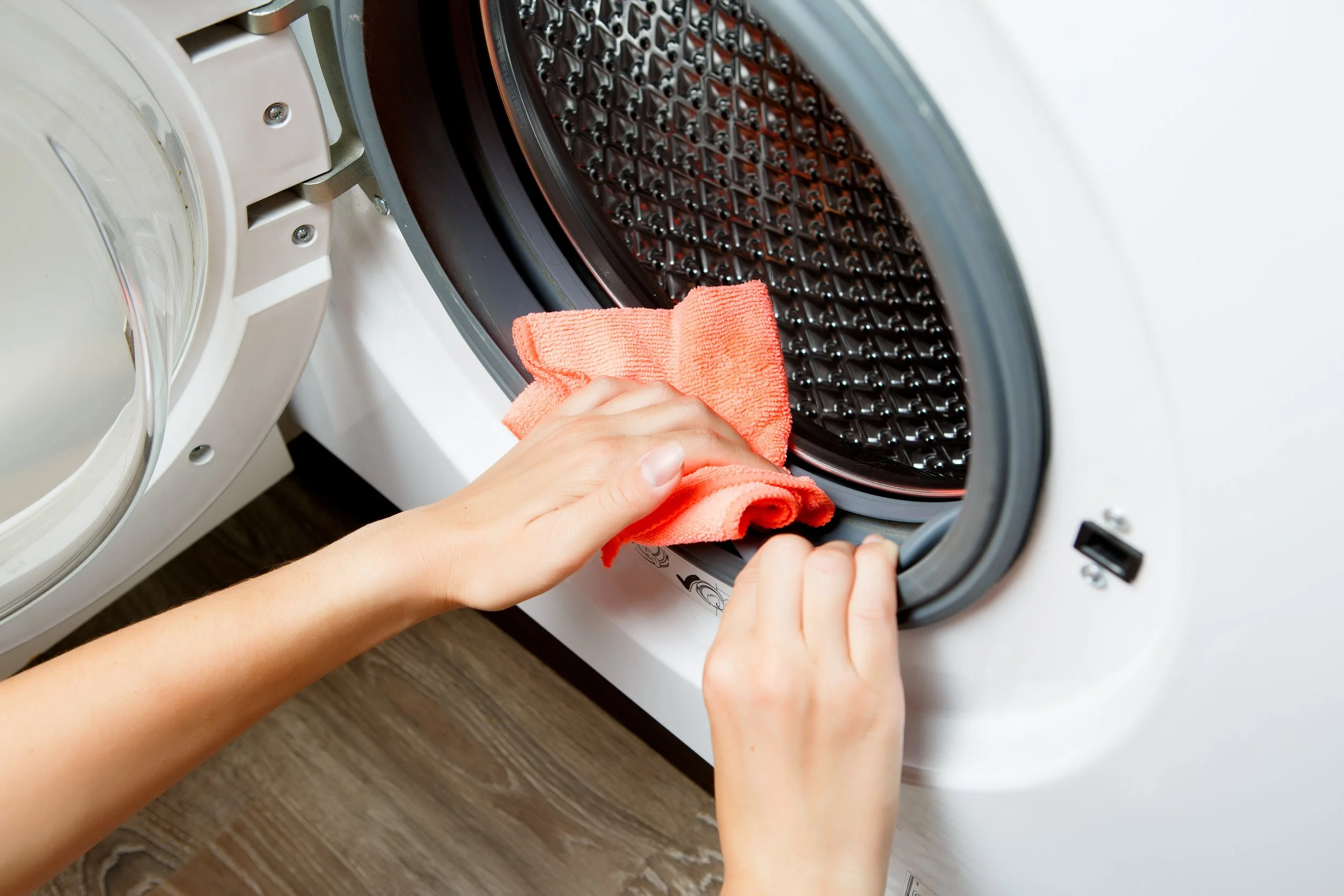In the modern age, we’re used to complete ease and simplicity when it comes to completing a load of laundry. Fill the washing machine drum, add detergent, and we’re good to go. But do you ever wonder how we got to the point we are at today?
From riverbank soaking to urine cleansing, it’s been quite the journey, to say the least. Today, we’re taking a quick dive into the history of laundry to find out exactly how we ended up with the professional laundry services of the modern world.
Keep reading to find out more!
Revolting Roman Laundry
The first stop in our wash-tub time machine takes us all the way back to the ancient Roman empire, founded in 27BC. Famous for their innovations in books, roads and aqueducts, the Romans were also pioneers in their own way when it came to laundry. Similar to the laundry services of the present day, fulleries (an ancient laundromat of sorts) were established and designed to provide washing and drying services for the citizens of Roman society.
A ‘fullo’ was someone who worked in the fulleries, putting in hours of hard graft to ensure Roman clothes were as clean as can be. The majority of clothes at this point in history were made of wool, resulting in some very sweaty garments in the hot Italian climate. While this idea is revolting in itself, it’s what they used to get the job done which might shock you…
Urine. Yep, that’s right. In the streets of Ancient Rome, large containers acted in the same way as public toilets do now, put in place for passers-by to relieve themselves. Once they reached capacity, they were taken down to the fulleries and the urine content was used as an effective detergent. While it may sound pretty grim, the ammonia in urine is actually a disinfectant.
So, that’s Roman laundry for you. No guesses on which fact you’re likely to remember the most...
The Great Wash of the Middle Ages
The Middle Ages saw a great step forward for laundry innovations. As populations grew and demand for cleaner clothes soared, washing in murky river beds was no longer a viable option. In this era, large wooden tubs became commonplace in communities and continued to thrive throughout the centuries following.
To get their clothes as clean as possible, the process was physically demanding. Known as ‘the great wash’, a gruelling session of plunging, stirring and beating was undertaken in order to extract dirt and grime from clothing and home goods. Including a pre-wash, this process also involved soaking materials in heated lye, created by mixing wood ashes with water.
While we can’t really be sure how clean clothes in the Middle Ages actually felt, we can be certain of one thing: Completing their regular laundry chores definitely wasn’t a time to look forward to!
Soapy Socials in the Renaissance
Associated with times of great societal change, the Renaissance brought a new period of innovation. While this era is known for its transition towards modernity in several aspects of life, laundry remained very similar to the Middle Ages.
One interesting fact to note about laundry in the Renaissance is its social aspect. On sunny days, large groups of people would congregate outside of the walls of their town to source cleaner, deeper water. Gathering at a mill pond or a city fountain, people would enjoy some much-needed social time while gruelling over their dirty laundry.
We’ve come a long way since then, but that sentiment does remain to a certain extent. Even modern laundromats are a great place to have a chat with friends while completing your laundry, and staff members are always on hand to offer tips and tricks when you need them.
Laundry Devices in the Industrial Revolution
Both for Europe and the United States, the Industrial Revolution marked a time of great change, especially for the world of laundry. Covering the time between the late 1700s and mid-1800s, this period of time takes credit for the rise of one key device.
Meet the classic laundry washboard. With bucking and river-soaking a thing of the past, modern washers of this era discovered the benefits of one singular piece of technology that could scrub, scrape and drain to perfection. While the invention is attributed to Scandinavia, a refined version came into popular use during this time.
The Industrial era also marked the beginning of clear washing patterns, carried out to suit a carefully devised schedule. This is evidenced more distinctly in the Victorian period when a Monday washday became the go-to for getting clothes cleaned, aired and dried by Sunday.
Back to the Modern Day
Thanks to further developments in technology, chemicals and machinery during the Victorian era, the washboard quickly evolved into the washing machine. A time-saving version first appeared in the late 1700s, but washing machines started to come into common use by the early 1900s.
Nowadays, we can soak, wash, dry and fold our laundry in a matter of hours, but that doesn’t necessarily mean you should enjoy doing it. For convenience, affordability and more time on your hands, why not invest in a professional laundry service? At WaveMAX Laundry, we offer advanced and high-quality laundering for both household and commercial needs, whenever and wherever you need it.
If you’re in Denver and want to know more about how we could make your laundry days disappear, get in touch today or visit our website!

